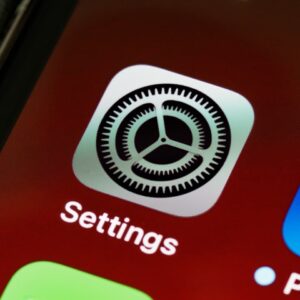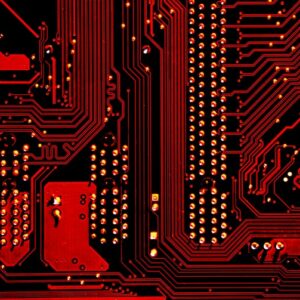Webcams allow you to communicate with your dearest even when they’re not around. However, third parties could also possibly get access to your camera and into your private life. For many, being filmed in a bad situation is one of the worst things that could happen. Often the footage will be used to blackmail that person. If the requested money is not paid (and often also if it’s paid) the footage will be published and might have a huge impact on the private and professional life.
You need to learn how to protect yourself from such an attack. Here’s what you can do to prevent your camera from being hacked.
There are two often-used ways to gain access to your camera:
1. Clickjacking: Clickjacking is a way of tricking a web user into clicking on something different from what the user perceives he is are clicking on. Basically a transparent webpage will be loaded on top of a visible one. While the user thinks he presses a button on the visible page, he actually takes action on the invisible page. In order to compromise the camera, the invisible webpage contains modified Flash, which allows access to the camera when clicked. So instead of clicking on a play button you allow access to the camera by clicking on the invisible button that is placed over the play button.
2. Webcam software: Many webcams have some sort of vulnerabilities in their software, which an attacker can exploit to gain access to your camera. This is especially the case if the software is outdated or not updated regularly.
How to protect yourself and your camera
1. Cover your Camera
This should be a no-brainer. It’s very easy and very powerful to just cover the built-in camera of your computer with a piece of tape and to disconnect and stow away any USB-camera. While covering your camera makes the footage useless it doesn’t stop anybody from hacking into your computer!
2. Update your software
Updating your software is essential for your security. Known vulnerabilities are usually fixed in updates. You should not only update your webcam software regularly, but also your firewall and anti-malware software (and any other software for that matter).
3. Change the password
If your (external) camera comes shipped with a password to access it, make sure you change this password. Often default passwords are not safe because
– The password is too short
– The password is easy to guess (admin, password, etc.)
– The manufacturer uses the same password for every device.
4. Check your computer for malware
Malware is often used to gain access to your computer. Make sure your anti-malware software is up to date and does anti-malware scans regularly.
5. Indicator Light
Many cameras have small lights installed. This light will turn on, whenever your camera is recording. This light will warn you of any unwanted recording. If it’s on while you’re not using your camera, you know that something suspicious is happening. Often, it’s only software that links your camera with the flashlight. If this software has vulnerabilities, somebody might get access to your camera without the flashlight informing you. Unfortunately, you cannot really rely on the flashlight to tell you when your camera is in use.
6. Beware of public Wi-Fi
Sending any unencrypted content over a public Wi-Fi is like having a loud conversation on a public bus: it’s anything but private. So even though your camera might not be compromised, the content you send over a public Wi-Fi could be. When connecting to a public Wi-Fi you’re exposed to many more risks. You can find more on this here. Always make sure you use end-to-end encryption for any video calls and a VPN when connecting to a public Wi-Fi. The end-to-end encryption will make your video calls unreadable for third parties as they travel the internet. The VPN will protect you from possible attacks in the public Wi-Fi.
7. Use your camera sensibly
Even if your webcam is not hacked, when you use it you’re sharing your recordings with somebody – the person you’re video calling. Be aware of this when engaging in a video call. Make sure there’s nothing in the background that’s not supposed to be recorded. Be sure that the person you’re sending a video message to or that you’re chatting with really is the person you think it is. A lot of damage not only comes from footage that was recorded unwillingly, but also from footage that was recorded willingly, but got into the wrong hands.
8. Use Micro Snitch
Software called Micro Snitch is available for the Mac OS. Micro Snitch allows you to monitor the access to your camera and microphone. This means you get an additional layer of security to the green light that turns on, as soon as your camera is in use. Apple stresses that the flashlight is directly linked to the camera and will always flash, when the camera is in use. Unless this flashlight is in the same circuit as the camera, it could be possible to trick this flashlight and to turn on the camera without the flashlight. In these cases Micro Snitch gives you an additional layer of security.
Additionally Micro Snitch also informs you if your microphone is used. This is a neat feature as there’s no green light to inform you if the microphone is turned on. In many situations recorded audio can be as bad as recorded video and unfortunately you cannot just cover your microphone with a tape like your camera.
A Windows application that seems to do similar things is called NetLimiter.
Summary
For people that rarely use their camera it’s enough to just cover it with a tape or remove it altogether. Although it does obviously not prevent the hacking of your camera, footage of your tape can barely be used against you. However, if it’s possible to hack your camera, your microphone might be accessible for an attacker, too. It’s not enough to cover the microphone with a tape, so taking measures against hacking is still highly recommended!




